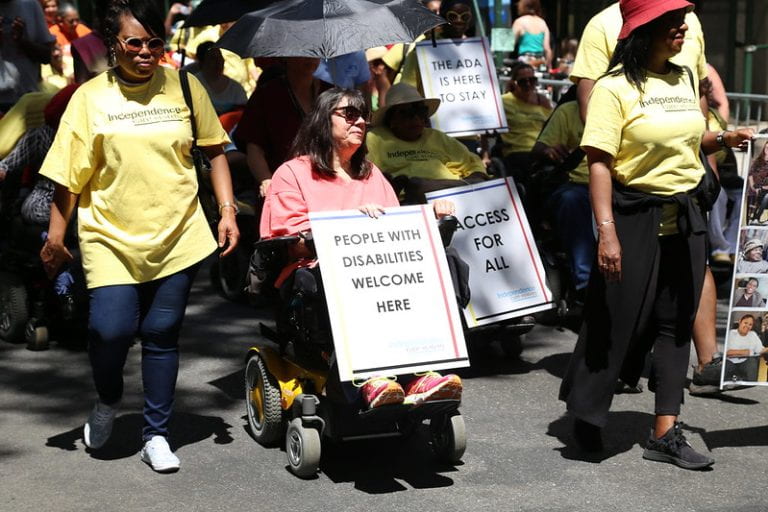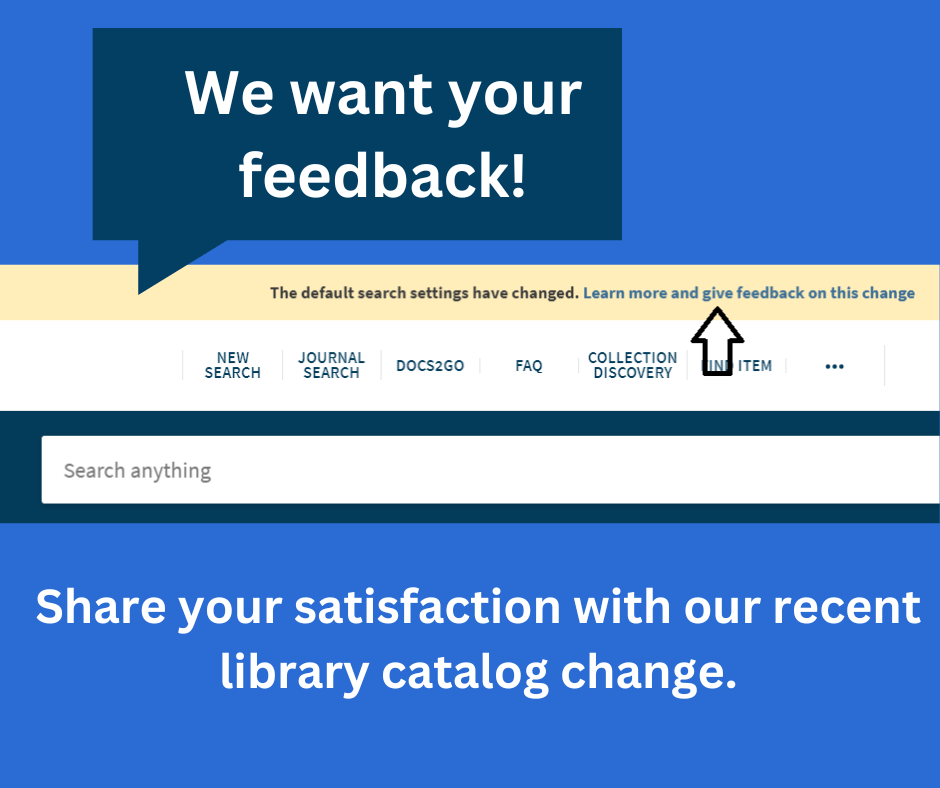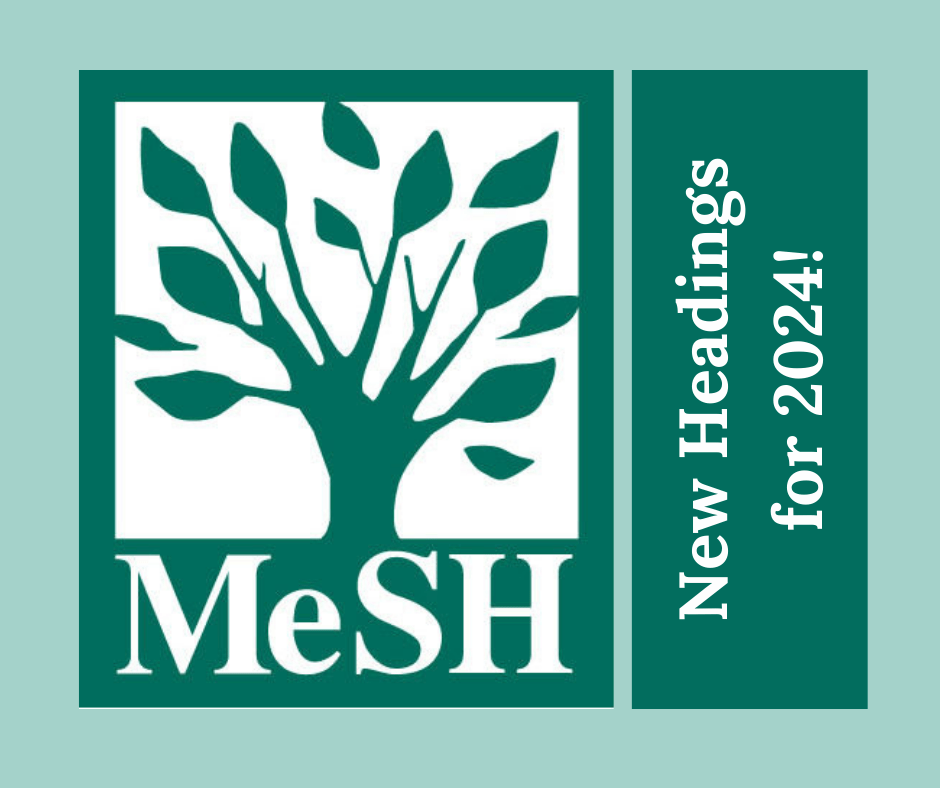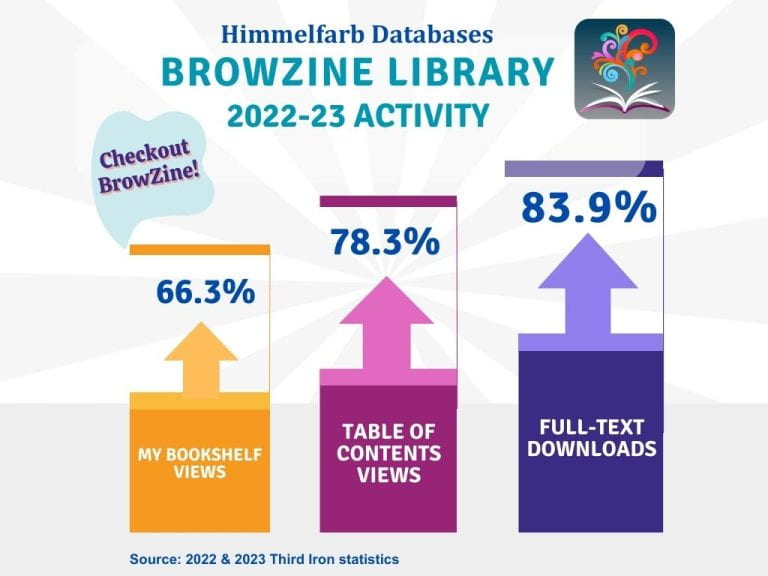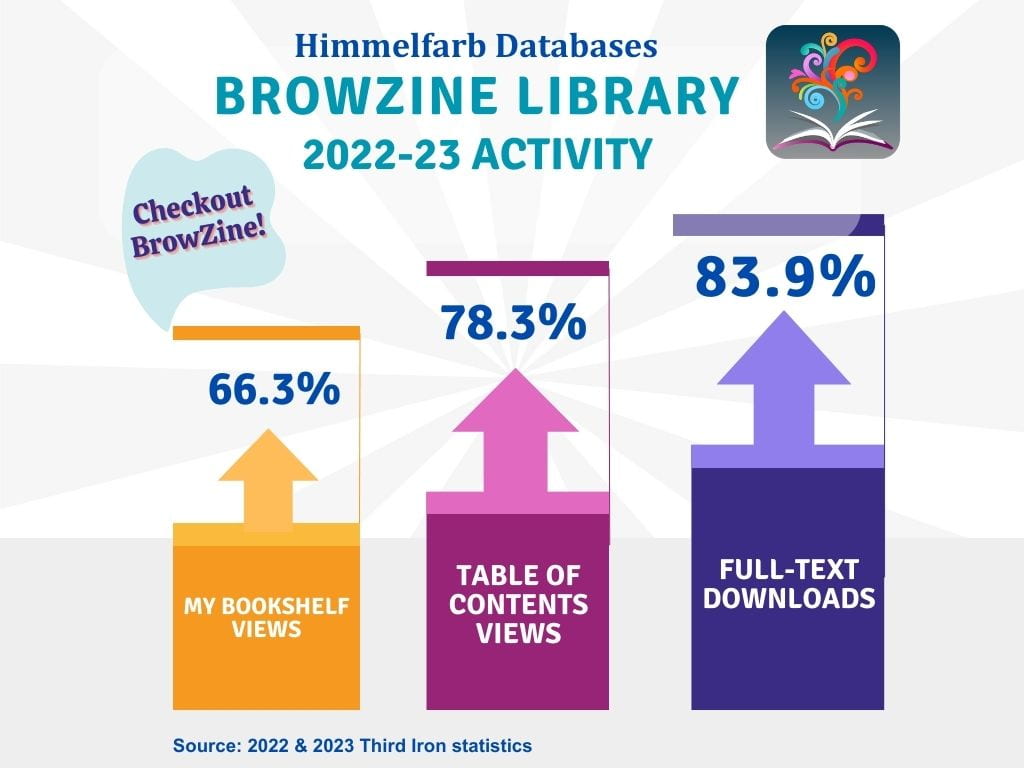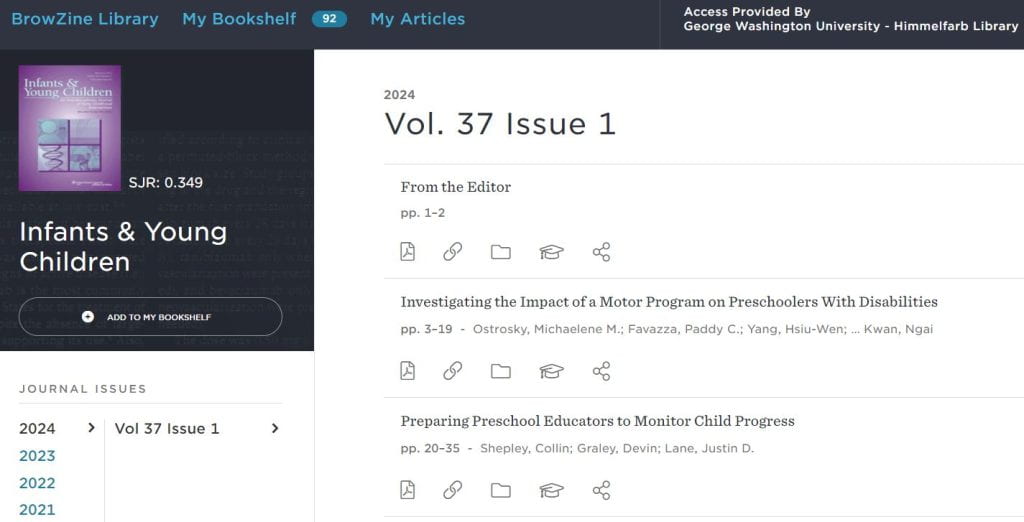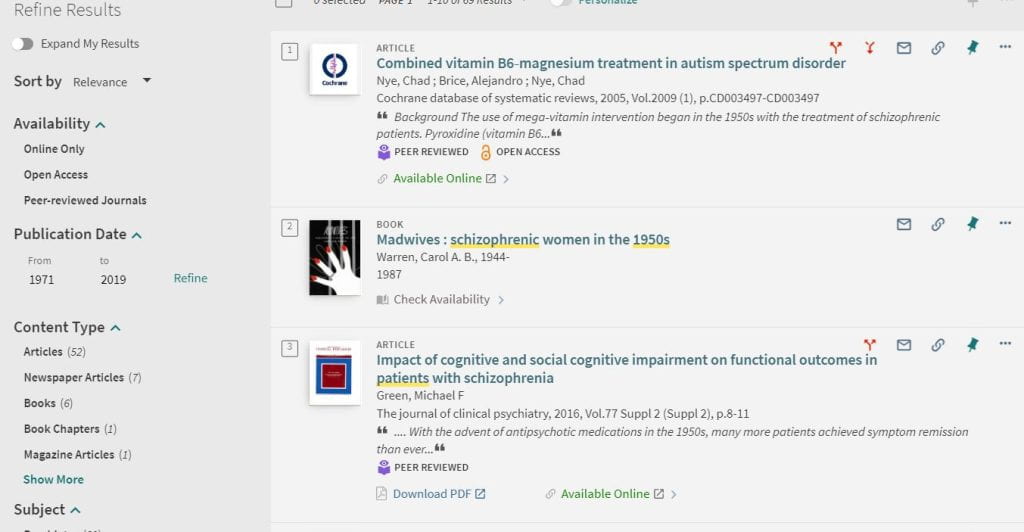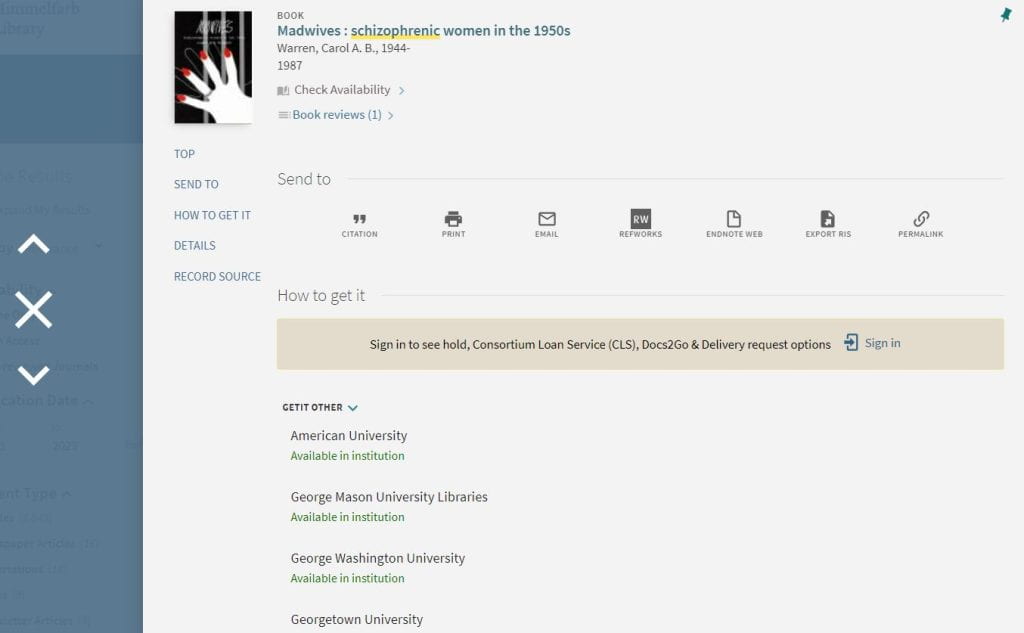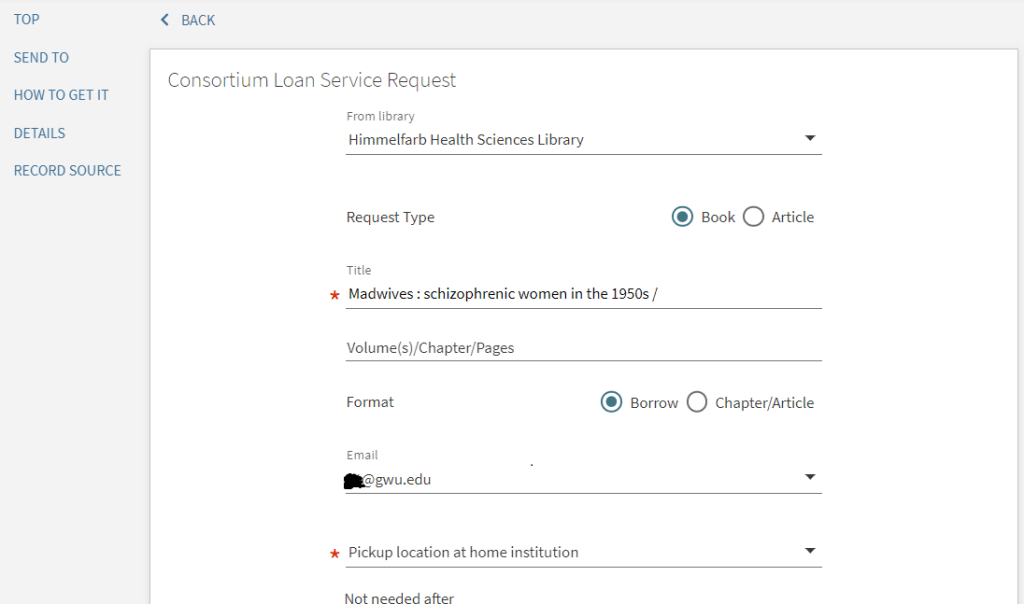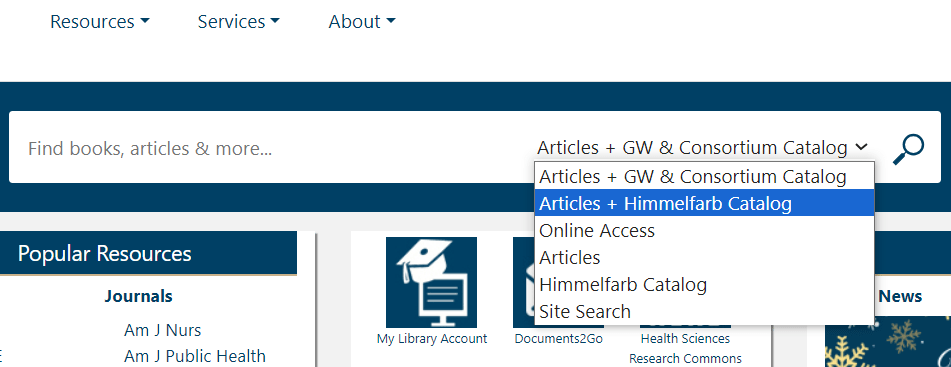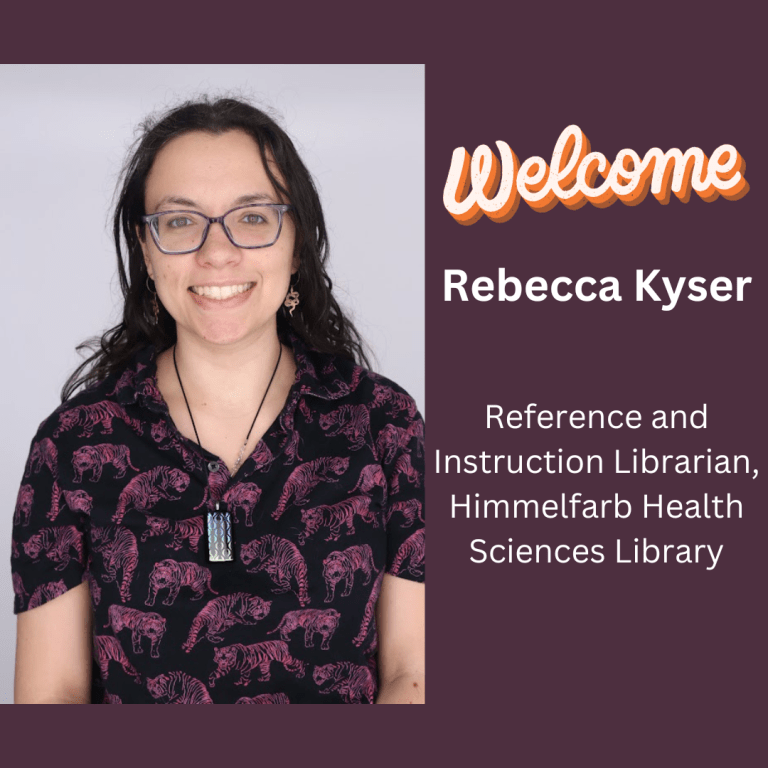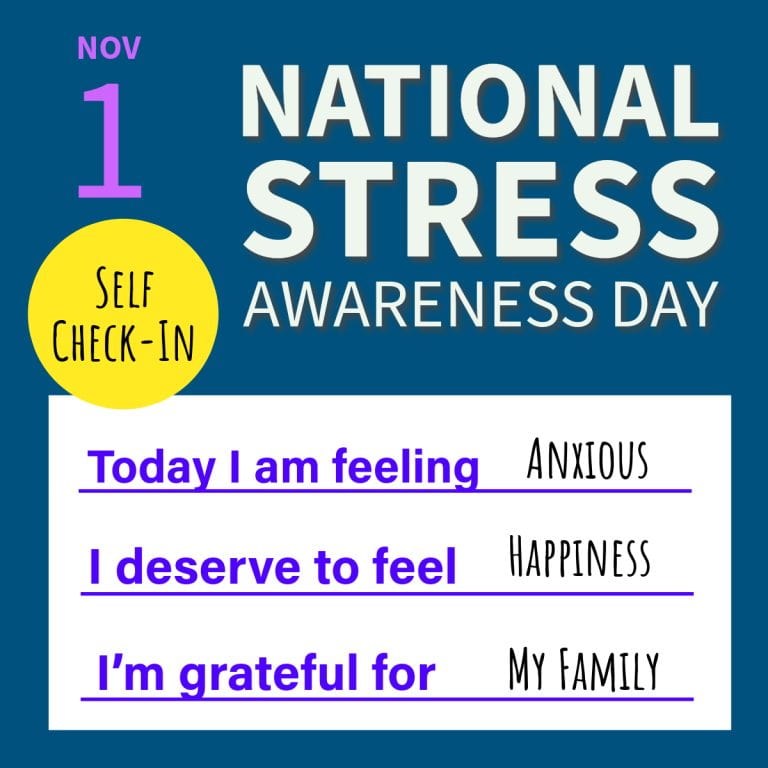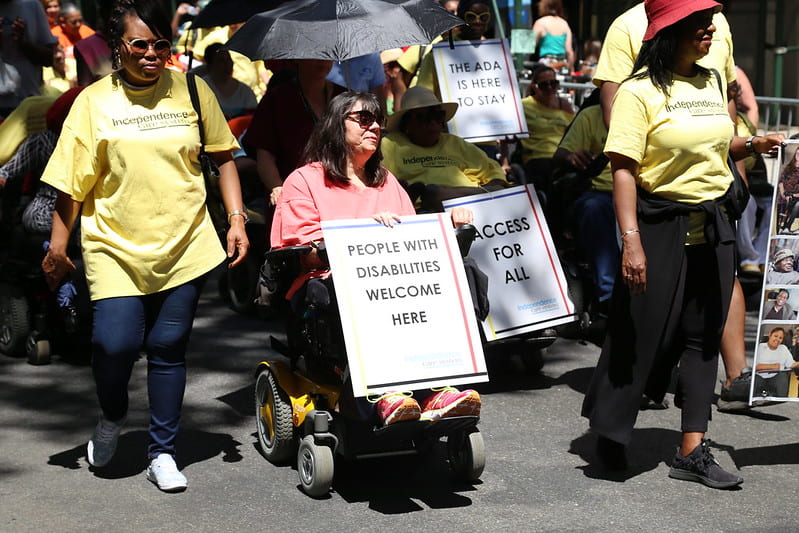
Many of us are familiar with Helen Keller and her impact on beliefs about disabled persons and disability rights in the early 20th century. There are others who have made profound impacts and are far less known and recognized. We pay tribute to some of these important disability rights activists and provide sources if you want to know more about these extraordinary women.
Elizabeth Ware Packard - Packard, born in Massachusetts in 1816, was needlessly committed to asylums twice in her life. At 19 her father sent her to an asylum in Worcester when she suffered from what was called “brain fever”. She believed the treatment she received made her symptoms worse. At the time asylums were “a quasi-prison, ruled by a psychiatric director”(Himelhoch, 1979). Patients had no rights to know their diagnosis, refuse treatment, or leave. As a middle-aged woman with six children, her husband committed her a second time when their religious beliefs diverged and she began to practice missionary and religious work outside the home. Though due process was required to institutionalize a man, husbands could commit wives without any evidence of mental illness. After three years at the Illinois Hospital for the Insane and a court case where she sued her husband for imprisoning her in their home after her release, Packard devoted the rest of her life to advocate for the rights of married women and the mentally ill through lectures, lobbying, and publications. Thanks to her work Illinois repealed the law that allowed women and children to be committed without due process safeguards; Iowa, Maine, and Massachusetts allowed visiting teams to assess conditions in their asylums; and, in Iowa, “Packard’s Law” made it illegal for asylum patients’ mail to be interfered with.
Learn more about Elizabeth Ware Packard at:
Brandman, Marianna. (2021). Elizabeth Packard. National Women’s History Museum.
Himelhoch, Myra Samuels, and Arthur H. Shaffer. (1979). Elizabeth Packard: Nineteenth-Century Crusader for the Rights of Mental Patients. Journal of American Studies 13.3, 343–375 https://www.jstor.org/stable/27553740
Agatha Tiegel Hanson - Hanson was born in Pittsburgh in 1867 and became deaf and blind in one eye at 7 years of age after a case of spinal meningitis. She attended the Western Pennsylvania School for the Deaf and was one of the first women enrolled in the National Deaf-Mute College which became Gallaudet University. The success of her women’s debate group pushed the college president to lift his ban on women’s organizations on campus and she helped establish the Phi Kappa Zeta Society. She was the only woman to graduate in 1893 and the first woman valedictorian at the college. In her commencement address, “The Intellect of Women”, she argued against the structural inequalities women faced. After graduation, she taught, wrote poetry and newspaper articles, and was a community activist in Seattle with her deaf husband Olof. Gallaudet’s Hanson Plaza and Dining Hall are named in her honor.
Learn more about Agatha Tiegel Hanson at:
Arlington Public Library. (2019). This Week in 19th Amendment History: Agatha Tiegel Hanson
Brooks, Gary. (2020) The Feather: The Agatha Tiegel Hanson Story, video production, Gallaudet Studios.
Jankowski, K., & Goss, K. L. (2023). Agatha Tiegel Hanson : our places in the sun. Gallaudet University Press.
Johnnie Lacy - Lacy was born in Louisiana in 1937 and moved to California when she was 10. She contracted polio during a practicum as a 19-year-old nursing student and became paralyzed. When she applied to a speech therapy program at San Francisco State as a wheelchair user in 1980, she was at first denied admission due to her disability. After asserting her rights under the Rehabilitation Act (the only federal protection for disabled persons at the time) she was admitted but was not allowed to participate in graduation ceremonies. She co-founded the Berkeley Center for Independent Living and was an early activist in the independent living movement. As a Black woman, Lacy advocated at the intersection of race and disability at a time when most who were prominent in the movement were white.
Learn more about Johnnie Lacy at:
The Center for Learner Equity. (2021). Johnnie Lacy—An Advocate for Independent Living.
University of California. (1998). Johnnie Lacy: Director, Community Resources for Independent Living: An African-American Woman's Perspective on the Independent Living Movement in the Bay Area 1960-1980, oral history/video.
Barbara Faye Waxman Fiduccia - Waxman was born in Los Angeles in 1955. Both Barbara and her brother Michael were born with spinal muscular atrophy, a hereditary disorder that causes progressive muscular weakness. She used an external ventilation system most of her life. Waxman graduated from California State University, Northridge with a degree in psychology and worked for Planned Parenthood and the Los Angeles Regional Family Planning Council as a sexual health educator and counselor. She advocated for the reproductive rights of disabled persons, authoring many publications on the topic. She and her husband who was also disabled fought to protect their right to be married without losing their Medicaid and Medicare benefits and provided testimony to a congressional committee about it in 1994. Tragically, Waxman died a few days after her husband in 2001 when her ventilator malfunctioned. Disability rights advocates are still fighting to do away with “the marriage penalty”, most recently in the form of HR6405.
Learn more about Barbara Faye Waxman Fiduccia at:
Gellene, D. (2020). Overlooked No More: Barbara Waxman Fiduccia, Reproductive Rights Advocate: Biography. The New York Times.
Mathews, J. (1994). Disabled Couple Faces Benefits Cut; Administration Faulted Over Marriage Penalty: FINAL Edition. The Washington Post.

